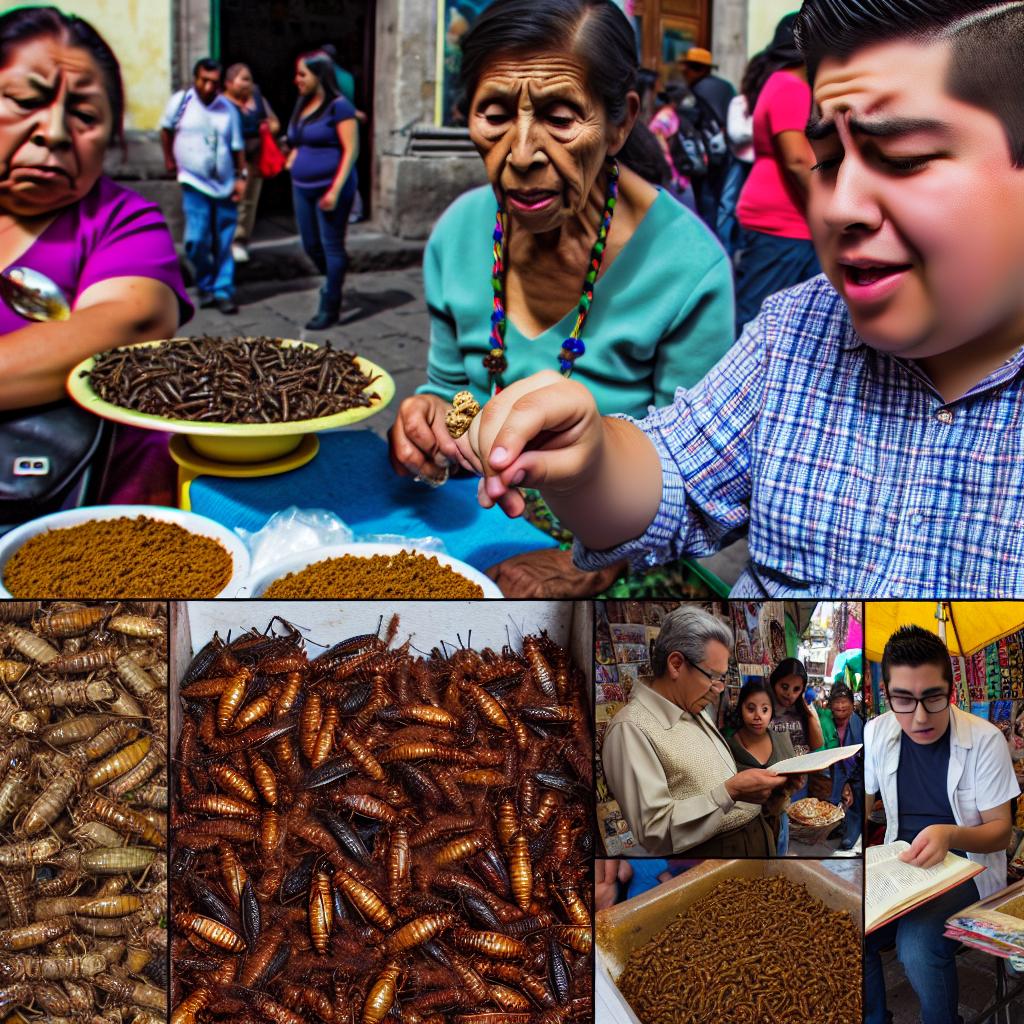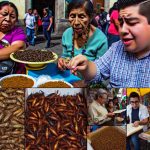The Historical Context of Insect Consumption in Mexico
The practice of eating insects, or entomophagy, has a rich and extensive history in Mexico, stretching back to pre-Columbian times. For centuries, indigenous civilizations, including the Aztecs, Maya, and Mixtecs, have incorporated insects into their diets. This was driven by both necessity and preference. Insects were a readily available and reliable source of protein, particularly in regions where other meat sources were limited. This tradition was not just a matter of sustenance but an integral part of the local culinary customs. Today, many traditional Mexican recipes still reflect this ancient practice.
Pre-Columbian Practices
During pre-Columbian times, the nutritional value of insects was widely recognized and exploited by many indigenous groups. These societies incorporated insects as a staple component of their diets. Beyond their practicality as a food source, insects also held ceremonial and economic significance. For example, some species, such as grasshoppers and maguey worms, were considered delicacies, often reserved for special occasions or celebrations. Historical documents from the time of the Spanish conquest provide vivid descriptions of markets in Tenochtitlán where a variety of insects were actively traded and consumed.
Types of Edible Insects
Mexico boasts a diverse array of edible insects, with different species consumed across various regions of the country. Among the most popular are chapulines (grasshoppers), jumiles (stink bugs), escamoles (ant larvae), and gusanos de maguey (maguey worms). Each type of insect is typically prepared in a manner that enhances its natural flavors. For example, chapulines are often toasted with a mix of garlic, lime juice, and salt, making them a savory snack or flavorful taco filling.
Culinary Techniques
Traditional Mexican cuisine employs a variety of methods to prepare insects. Common techniques include toasting, frying, and roasting, all of which are intended to accentuate the insects’ crunch and flavor profile. Moreover, the use of sauces and spices specific to certain regions further enhances these dishes. This fusion of flavors is a hallmark of Mexican culinary tradition, reflecting the richness and diversity of the food culture.
Cultural Resilience and Modern Revival
In contemporary times, the tradition of eating insects in Mexico is experiencing a noteworthy revival. This resurgence is partly attributed to globalization and an increasing awareness of sustainable food practices. Entomophagy is now promoted as an environmentally friendly alternative to conventional livestock farming. Advocates emphasize the high protein content and the minimal environmental impact associated with insect farming.
Mexican chefs are increasingly experimenting with traditional insect-based dishes, incorporating them into modern culinary creations. By presenting these dishes in innovative ways, they appeal to both local tastes and international audiences. This movement not only preserves but also celebrates the cultural identity and culinary heritage of Mexico. Renowned chefs and restaurants across the country frequently feature insects in their menus, thereby raising awareness and fostering acceptance of these ingredients.
Concluding Remarks
The consumption of insects in Mexico is a complex practice that carries historical, nutritional, and environmental significance. As global food discussions increasingly focus on sustainability and alternative protein sources, Mexico’s long-standing practice of entomophagy offers valuable insights. Those interested in exploring the growing trend of sustainable eating and its connection with traditional foods are encouraged to delve into resources on sustainable agriculture available through platforms like FoodTank.


